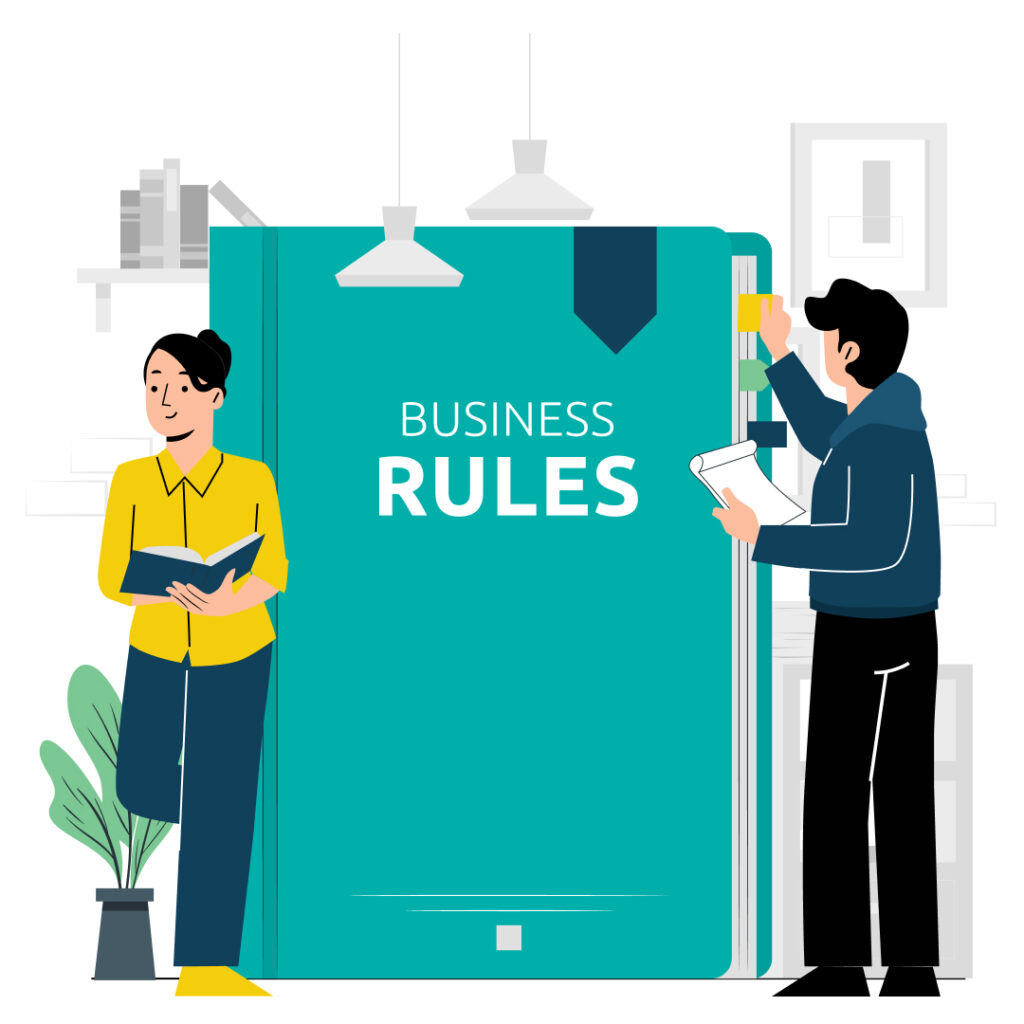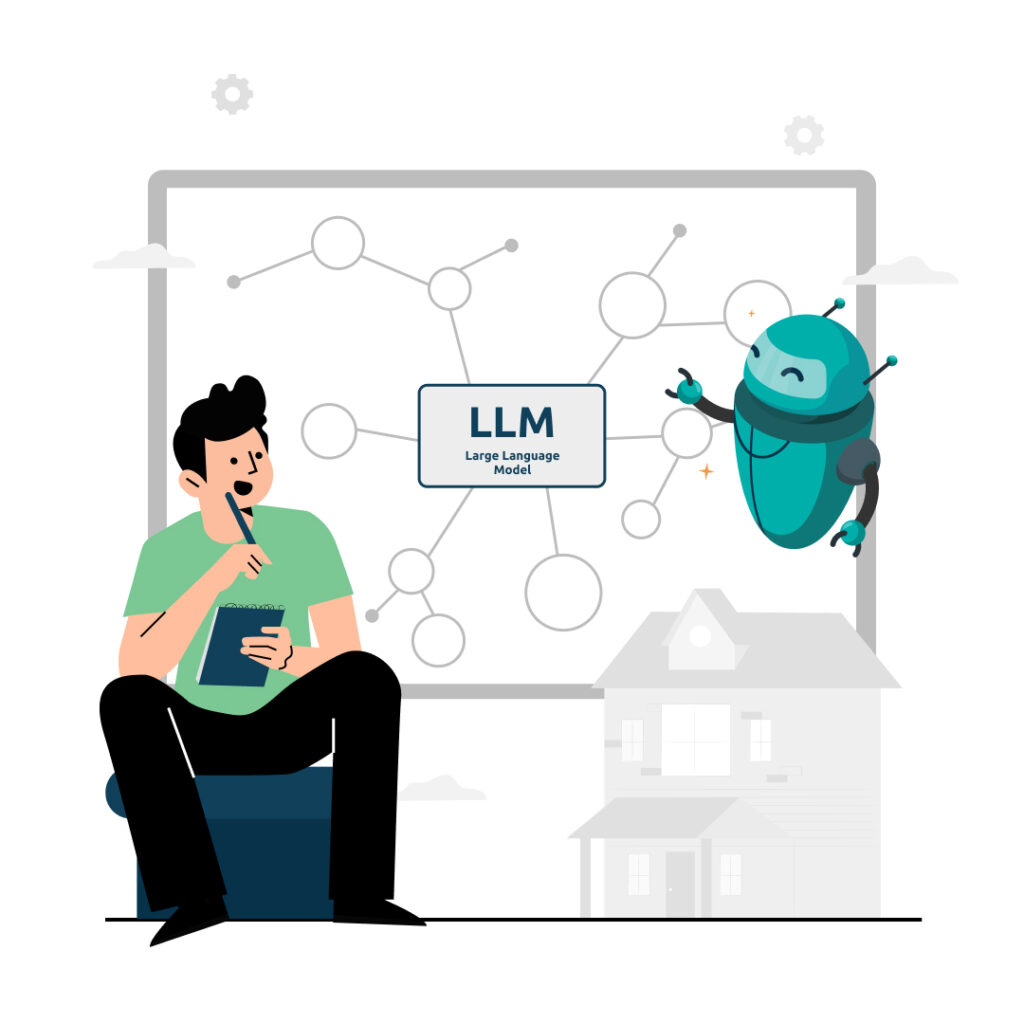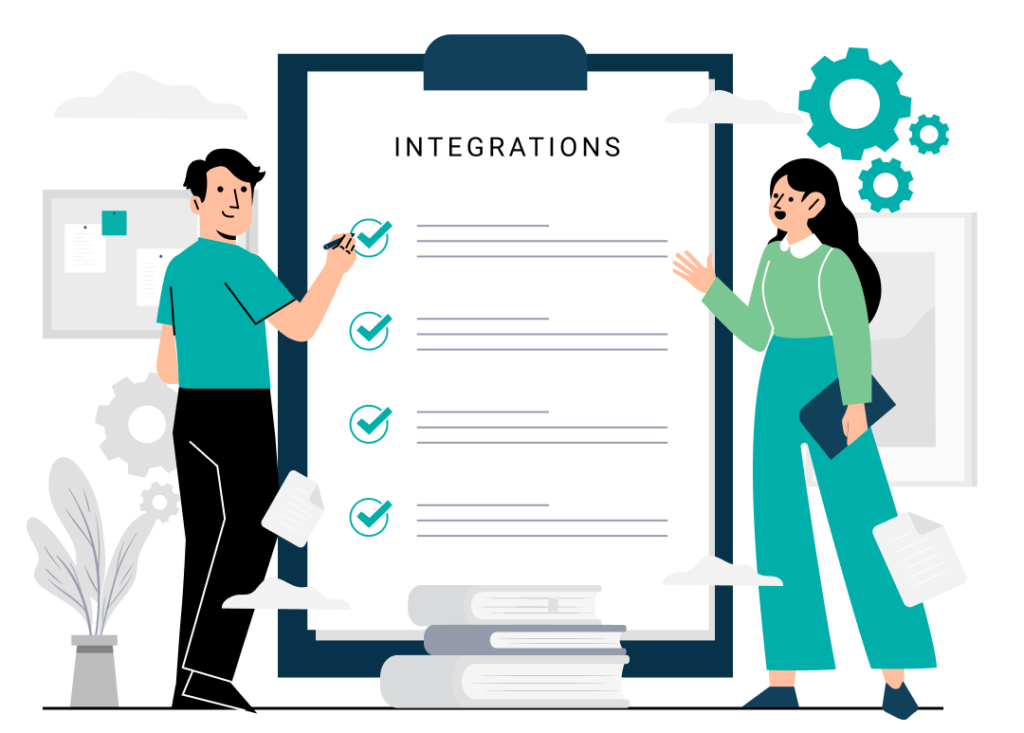If you have been reading our series of articles on the app development process, this is where the hard work begins.
If you’ve stumbled upon this article, it follows on from our previous article on prototyping your app. You might want to start on the first article in this series: Product Conception – Bringing your business idea to life.
At this point in the process your wireframes are a beautiful representation of how your app will look. Your clickable prototype is an accurate representation of how some of the features will work. Together they give you a real feel of how it will be to use your app. User-testing with this early stage prototype has shown the people get it and want it.
App development has been fun so far. Your vision has taken form. The process has been visual, iterative and the challenges have been a joy to solve.
Now it’s time for the hard work. If we knew what you were wearing we’d tell you this is the point where you start rolling up your shirt sleeves. Maybe make the first of many strong cups of coffee.
The hard work is producing the business rules for your app. Business rules will be the core of the technical specifications for your app.
Business rules – the core of your app
The business rules detail exactly how each button, each slider, each interface element will work. It will detail how actions taken by your users through your app’s interface will interact with your business processes, third party services, and your backend.
It’s all about the details, details, details, and thinking them through and getting them right. This is why it is hard work. And why it’s important work. Getting your business rules right the first time saves you money and time.
As the core of your app’s technical specification, they will enable the developers to work out the infrastructure you will need to run your app. Things like:
- where your backend will live
- how the backend is structured for scaling and redundancy
- what services you need to run yourself
- what third party services you will contract with
If your business already has technical infrastructure the effort will instead be spent on how to integrate it with your existing set-up.
But those big decisions are things we work on with you. We’re here to give you the benefit of our experience across hundreds of client jobs during every step of the process, including advice on writing the business rules.
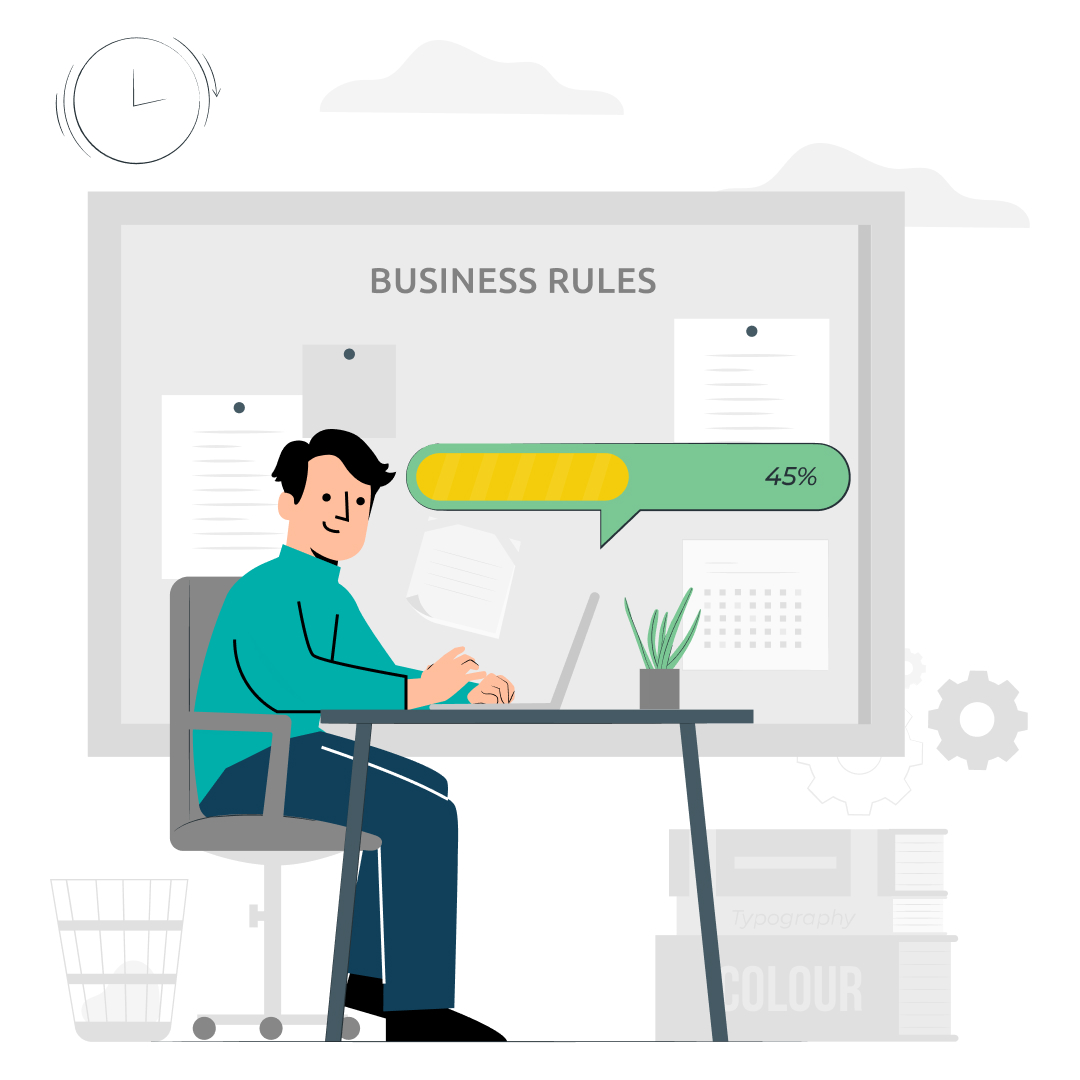
What business rules look like
There is no standard format for business rules. Some clients have presented us with complete technical specification documents. Others have used a spreadsheet to list out how they want their app to function. A popular option is laying out the screens created during the wireframe stage alongside the details of how the interface elements on the screens will work. That’s what we’re going to do here.
For this example we are going to pretend that we are building a mobile app for dining recommendations. Let’s call our imaginary app Bancwit. That name needs a few more iterations, but it will work fine for us.
We’re going to specify the business rules for the main screen of Bancwit. This screen is where they start the selection process for a dining destination. It provides access to all the venues registered with Bancwit as well as directing users to venues in their immediate vicinity.
Some of the functionality is obvious, but as you can see below there is some business logic that can’t be derived from looking at the prototype. This can all be done within Google Docs for easy collaboration. Below we use a simple two column table with the screen on the left and the relevant business rules on the right. It helps to work from the top down.
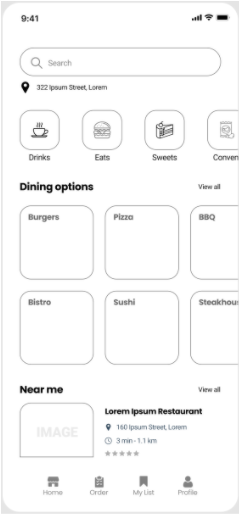
Searches use autocomplete. After first character entered the search overlay appears (see 4b for details)
tapping will bring up map with nearby restaurants (see 4c for details)
Top categories buttons:
- tapping will replace Dining Options panel with category venue options ordered by:
- Special positioning buys
- Paid positioning
- Premium venue members
- Paid venue members
- Other venues
- will be recorded for venues appearing in first 5 positions
Transition to screen 4d.
Dining options buttons:
- Overlay venue carousel (see 4e for details).
- Update Near Me to appropriate venue for dining option
Near Me:
- If no Dining Options category is selected, where distance is within threshold, Venue order will be:
- Special positioning buys
- Paid positioning
- Premium venue members
- Paid venue members
- Other venues
- If a Dining Option is selected, display nearest venue in category ordered by:
- Special positioning buys
- Paid positioning
- Premium venue members
- Paid venue members
- Other venues
- Special positioning buys and Paid positioning venues are distance adjusted by -10% and -8% respectively
- Impression will be recorded for venue appearing in the first position
- Tapping on any part of Near me panel will go to Venue screen 4f.
What business rules aren’t
Business rules are purely about what needs to happen, not how it will happen. The how will be handled by the developers once your business rules are complete. That process will be covered in a future article.
Business rules are not flexible. And they are not vague. The business rules need to be simple and clear enough that a developer can code them without the need to hit you with questions. This is another opportunity to save you time and money. Meeting this level of clarity takes practice. We’ve had the practice and it’s one of the many things SoftwareSeni can assist you with on the path to launching your app.

Let the programming commence
That’s it for this short introduction to business rules. Unless your app has some particularly tricky tech that needs implementing and testing, completing the business rules brings the prototyping phase of your app’s development to an end.
The next step in the process is software development. We will cover how SoftwareSeni handles building your app, and your role in the process, in a future article. Until then, if you have an app or a web site of your own that needs work, or if one of our extended teams will help you hit your goals, get in contact.



